Estimating Sums
In this post, you will learn how to estimate the sum of two or more numbers in a few simple and easy steps.
[include_netrun_products_block from-products="product/6-florida-fast-grade-3-math-practice-tests/" product-list-class="bundle-products float-left" product-item-class="float-left" product-item-image-container-class="p-0 float-left" product-item-image-container-size="col-2" product-item-image-container-custom-style="" product-item-container-size="" product-item-add-to-cart-class="btn-accent btn-purchase-ajax" product-item-button-custom-url="{url}/?ajax-add-to-cart={id}" product-item-button-custom-url-if-not-salable="{productUrl} product-item-container-class="" product-item-element-order="image,title,purchase,price" product-item-title-size="" product-item-title-wrapper-size="col-10" product-item-title-tag="h3" product-item-title-class="mt-0" product-item-title-wrapper-class="float-left pr-0" product-item-price-size="" product-item-purchase-size="" product-item-purchase-wrapper-size="" product-item-price-wrapper-class="pr-0 float-left" product-item-price-wrapper-size="col-10" product-item-read-more-text="" product-item-add-to-cart-text="" product-item-add-to-cart-custom-attribute="title='Purchase this book with single click'" product-item-thumbnail-size="290-380" show-details="false" show-excerpt="false" paginate="false" lazy-load="true"]
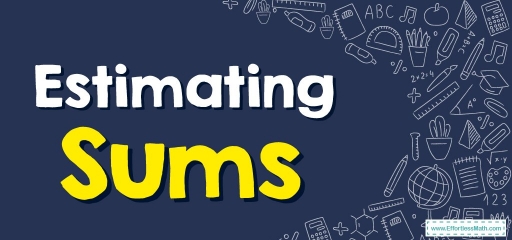
At times whenever we add two large numbers, you do not wish to find out the precise sum. You only wish to get a fast estimate.
A sum can be estimated fast via rounding each addend and then adding these together. Now we’ll demonstrate a few quite easy steps to see the way to estimate a sum.
Related Topics
Way to estimate sums to the closest tenth
To estimate s sum to the tenth you must follow these three steps:
STEP one: Round the summands to the closest tenth. Don’t forget:
If a numeral ends in \(0, 1, 2, 3\) or \(4\), it gets rounded down ?
If a numeral ends in \(5, 6, 7, 8\) or \(9\), it gets rounded up ?
Tip: Unless it is stated differently, you constantly round numbers to the maximum feasible place value.
STEP two: Add the rounded numerals
STEP three: Looking at the overall quantity of rounding, \(3\) things could occur:
- If it’s rounded one quantity up as well as one down, the resulting sum is a proper estimation.
- If both the summands were rounded up and then the result of this rounding is more than \(5\), you take \(10\) from this estimate.
- If both the summands were rounded down and the quantity of the rounding is more than \(5\), you add \(10\) to this estimate.
Estimating Sums – Example 1:
Estimate sum by rounding each added to the nearest ten.
\(43+58=\)___
Solution:
First, round \(43\) to the closest ten. Check out the numeral on the right of the tens position. It is \(3\) and this number is lower than \(5\). So, \(43\) is rounded down to \(40\). Do the same for \(58\). Then \(58\) is rounded up to \(60\). Now add two result together: \(40+60=100\)
Estimating Sums – Example 2:
Estimate sum by rounding each added to the nearest ten.
\(75+32=\)___
Solution:
First, round \(75\) to the closest ten. Check out the numeral on the right of the tens position. It is \(5\). So, \(75\) is rounded up to \(80\). Do the same for \(32\). Then \(32\) is rounded down to \(30\). Now add two result together: \(80+30=110\)
Exercises for Estimating Sums
Estimate sum by rounding each added to the nearest ten.
- \(\color{blue}{14+35}\)
- \(\color{blue}{ 46+77 }\)
- \(\color{blue}{83+38 }\)
- \(\color{blue}{ 71+95 }\)
- \(\color{blue}{50}\)
- \(\color{blue}{ 130 }\)
- \(\color{blue}{120 }\)
- \(\color{blue}{ 170 }\)
Related to This Article
More math articles
- 3rd Grade Wisconsin Forward Math Worksheets: FREE & Printable
- Praxis Core Math FREE Sample Practice Questions
- 5th Grade LEAP Math Worksheets: FREE & Printable
- How to Multiply and Dividing Functions? (+FREE Worksheet!)
- Long Division: How to Deconstruct complex Integrals
- 10 Most Common HSPT Math Questions
- Algebra Puzzle – Challenge 58
- Compare the Temperatures Above and Below Zero
- Check Registers: Learn How to Develop the Ability to Organize Transactions
- Full-Length PSAT 10 Math Practice Test-Answers and Explanations


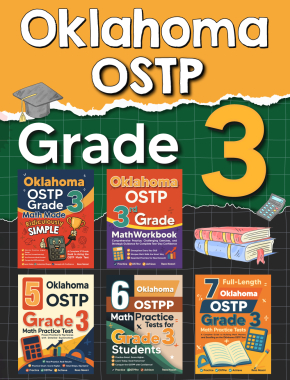
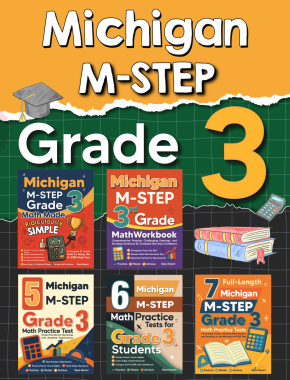

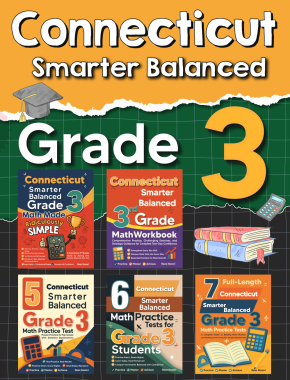
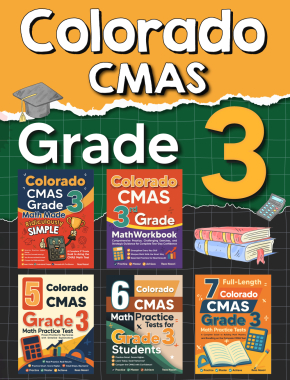

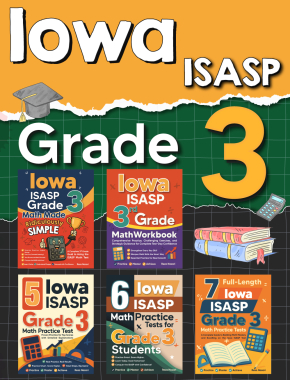

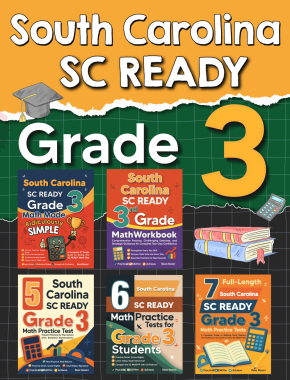


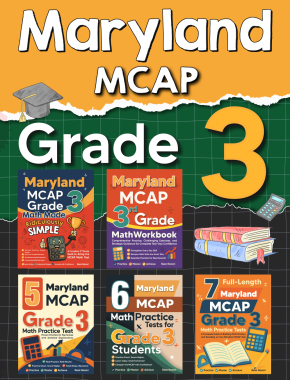

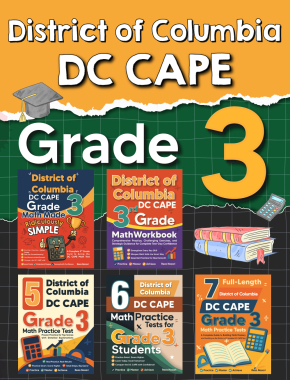


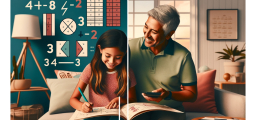
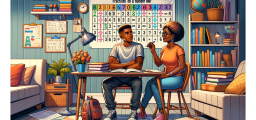

















What people say about "Estimating Sums - Effortless Math: We Help Students Learn to LOVE Mathematics"?
No one replied yet.